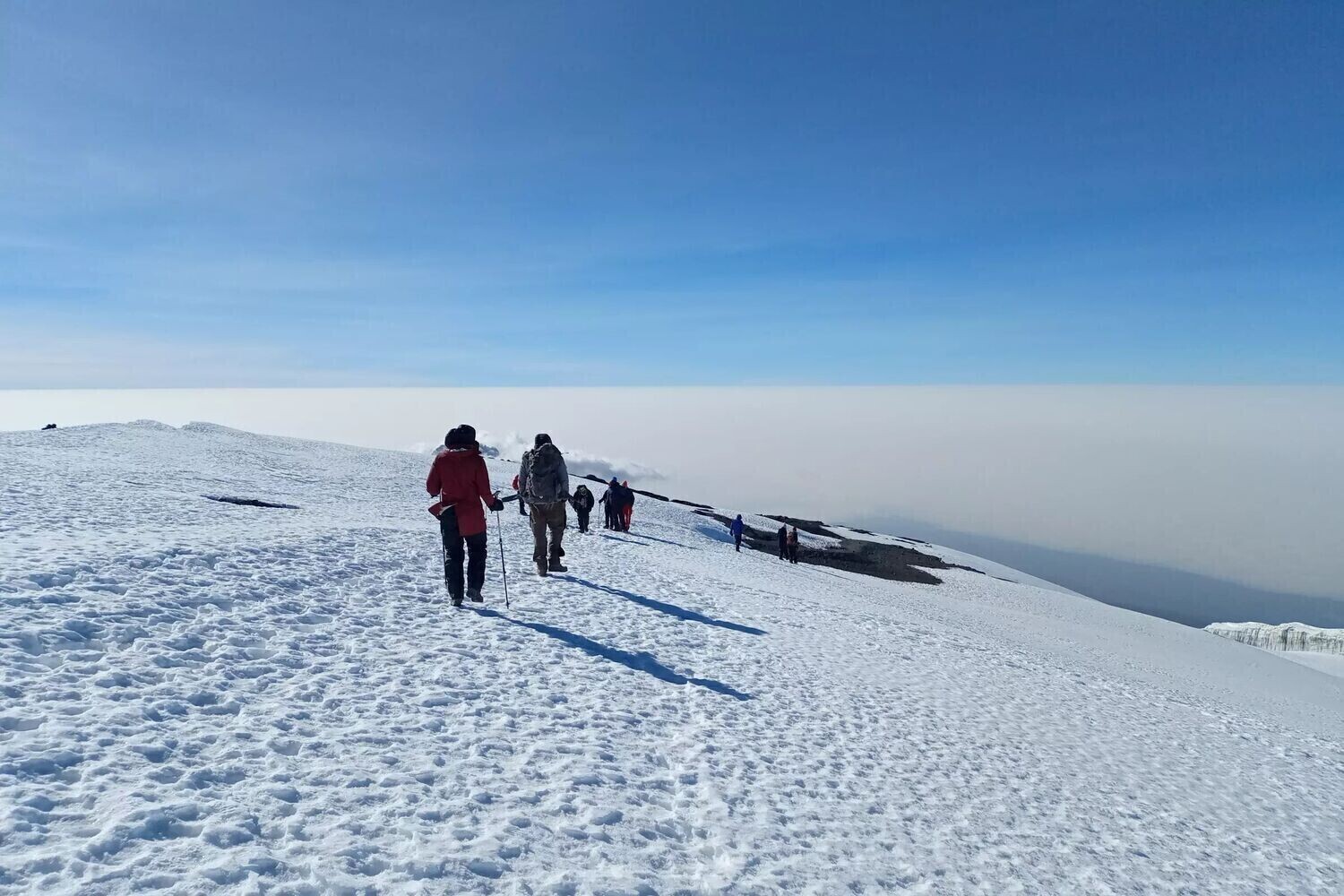Debugging at Altitude: What Mountain Climbing Teaches Developers About Focus
Software development and high-altitude climbing share the same hidden rule:
success isn’t about speed, it’s about stability.
Every good developer knows the moment when code stops compiling at 2 a.m. and patience becomes oxygen. Climbers know that moment too — the point where the only way to go higher is to slow down and think clearly.
Those who ascend Africa’s tallest peak with this adventure outfitter discover that progress depends on feedback loops. Altitude affects heart rate, hydration, morale; each must be monitored, logged, and adjusted — just like load times, memory use, and latency in production. The mountain punishes sloppy commits.

🧭 Iteration in Motion
Routes on Kilimanjaro are living prototypes. Each acclimatisation day is a test build, each camp a checkpoint. Understanding the summit timing guide reveals the same principle behind agile development: small, deliberate iterations beat massive risky launches.
Climbers who rush for the top often “crash” — altitude sickness, fatigue, broken flow. Developers who deploy without testing suffer similar bugs in reality.
🧠 Cognitive Load and Context Switching
Above 5 000 m, even tying bootlaces requires mindfulness. Oxygen deprivation teaches monotasking better than any productivity course. It’s the purest environment for understanding human CPU limits. Deep work is no metaphor when breathing is an explicit process call.
⚙️ The Elegant Stack
A summit team mirrors a clean tech stack — lean, modular, with clear interface boundaries. Guides handle navigation, porters handle logistics, climbers handle self-care. Each layer performs efficiently so the whole system scales vertically.
🌄 The Commit Message That Matters
At the summit, you realise that every small refactor — every disciplined step — accumulated into one coherent release. That’s the mindset worth deploying back at the desk: build cleanly, test constantly, iterate patiently, deliver beauty under pressure.

